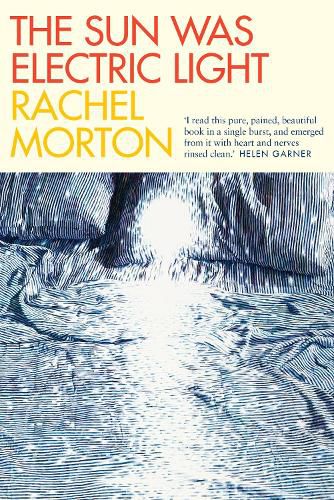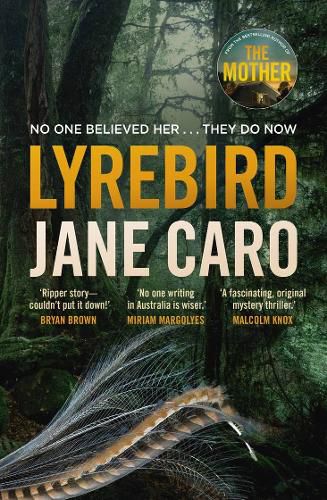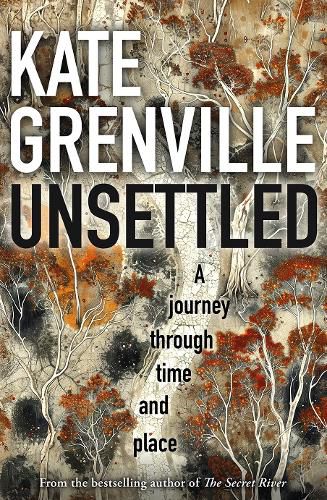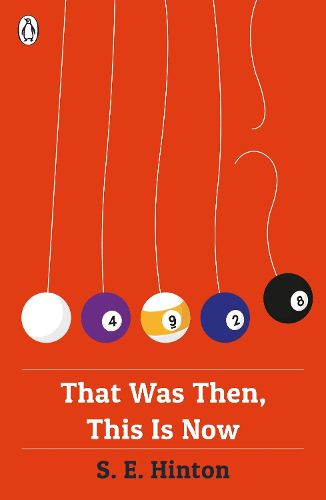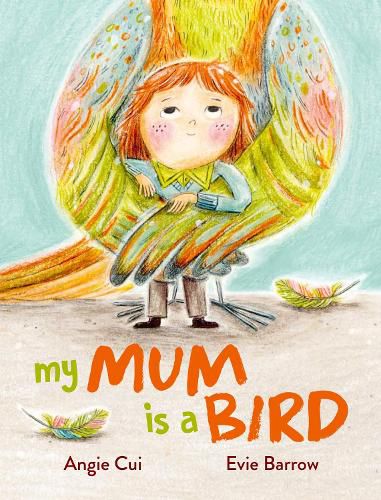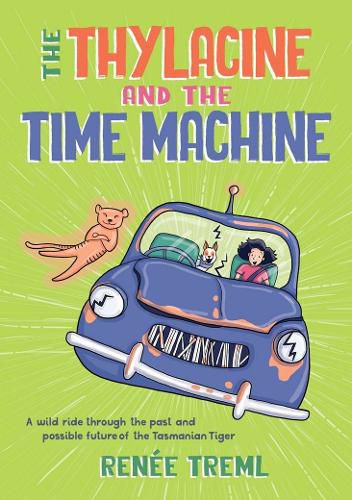Explore our books of the month for April.
Each of the below titles has been read and recommended by our booksellers before being selected as our book of the month for its category.
Fiction Book of the Month
The Sun Was Electric Light
Rachel Morton
Winner of the 2024 VPLA for Unpublished Manuscript, The Sun Was Electric Light is a striking debut from Rachel Morton, demonstrating her capability as a fierce new literary talent. Sparse and beautifully written, Morton delivers a powerful meditation on the meaning of home, happiness, and where to turn in grief.
We follow the story of our narrator Ruth, lonely and rootless, who abandons her life in New York for the balmy streets of Guatemala. There, Ruth meets Emilie and then Carmen, drawn towards these polarised individuals for different reasons, her love for them is shaped in distinctive and incompatible ways. Steadily reconnecting with the world around her, Ruth develops deep relationships both to people and place, grappling with her attachment to each woman and the volcanic lake around which their life is centred.
Every character on the page is wholly believable, brought to life by descriptions that feel the opposite of cliché. The stripped-back story structure leaves room for nuanced relationships and powerful insight, exploring the quiet complexities of friendship, community, and our desire to belong. Ruth’s mind is obfuscated; her thoughts are neither confessional nor expository. While this carefully constructed ambiguity muddies the character’s past, identity and emotion, she still narrates her world with delicate understanding, moving through the story as a vivid and complex personality.
This narrative is unique and pleasingly unpredictable. Ruth’s retreat from the city leads her towards an intimate life, stripped of luxuries and rich with gentle recognition. Her journey is, at times, lonely and strange, as she chooses to follow people and ideas towards unexpected ends. It is there, however, that she uncovers moments of integrity and beauty. The strength of this book is its ability to unmask the most subtle of human experiences simply and succinctly, drawing readers deep into the heart of Ruth’s Guatemalan home.
Reviewed by Aideen Gallagher.
Crime Book of the Month
Lyrebird
Jane Caro
Is there anything more satisfying than heading to bed with a crime novel written by a feminist? Truly, the comfort in knowing all female characters will be represented with respect and honour warms my heart. And with Jane Caro’s second crime novel, you can expect more than just a mystery to be solved.
Caro, an enthusiastic defender of women’s rights and the environment, gives the reader both a solid reprimand and a reminder of the state of our national parks and wildlife. She takes delicious swipes at the media and at our universities. Without giving away too much of the plot here, Caro highlights the woes of women working on tourist visas, and the poverty and desperation in our neighbouring countries. She writes about grief with an empathetic touch.
The premise of the book is immediately introduced: a lyrebird begins its mating call in the forest, videotaped by ornithologist Jessica Weston. The lyrebird mimics the sound of a woman dying. Detective Megan Blaxland works the case, but does not solve it. It goes into the cold case file. Twenty years later, a damaged female body is found where the lyrebird had danced. Blaxland comes out of retirement to solve the mystery. The two women reunite as they search for an answer, and a classic, thrilling story begins.
I am hoping this is not the end of Megan Blaxland; she is not unlike Ann Cleeves’ popular character Vera, and that is a particularly good thing indeed. Readers who enjoyed Caro’s The Mother will be incredibly pleased with her new novel. I certainly inhaled it and was delighted with Caro’s astute representation of everything that is going wrong in our country, as well as with her very entertaining writing.
Reviewed by Chris Gordon.
Nonfiction Book of the Month
Unsettled: A Journey Through Time and Place
Kate Grenville
Kate Grenville is an icon of Australian literature. Her best-known work, The Secret River, fictionalises her family history, telling the story of a convict and his settlement in Sydney. In Unsettled, Grenville tries to tell the true, nonfiction story of her ancestors, navigating her place as a non-Indigenous Australian living on and benefitting from stolen land. She travels across Australia, contextualising each member of her family in time and place, and disrupting the colonial assumptions she has made about these times and places. Her family and First Nations people are put in the same frame – her family’s placement across the country has always required the displacement of Indigenous peoples.
However, Grenville is a novelist, not a historian. While she relies on the work of many historians and Indigenous oral histories, she is also interested in the practice of storytelling itself. She constantly interrogates language and how it works to create a narrative about Australia’s past – our passive voice, evasions, under-exaggerations, legal fictions and personal abstractions. Engaging in reparative reading practises, she speculates about history between and underneath the archives: ‘Even to speculate is a reminder that the white people’s side of the story is the only one we hear.’
This book serves as a reminder that Australian history, Aboriginal history, is not an abstract element on a curriculum or plaque. It is personal – every non-Indigenous person living in Australia has benefitted from the brutal genocide of Aboriginal and Torres Strait Islanders. Even though we did not wield the weapons, we are reaping what these weapons, and the people holding them, sowed. The Voice to Parliament was an opportunity for us to take a step towards a better future, and we rejected it. What can we, as individuals, do now instead? Grenville does not pretend to provide any answers, but in understanding how much we have stolen, we can perhaps start to understand how much there is still to do.
Reviewed by Teddy Peak.
Young Adult Book of the Month
Blood Moon Bride
Demet Divaroren
Blood Moon Bride is a heartbreaking yet empowering look at how courage and resilience can challenge even the cruellest worlds. This dark fantasy standalone follows Rehya, a young girl who lives in a society where young women are forcibly married off to the highest bidder when they turn 16. The reader watches Rehya as she tries to navigate her way through such a world without losing herself.
Demet Divaroren’s worldbuilding and character writing go hand in hand to lend this book strength. Mennama Valley is a place soaked in suffering and greed, and this is palpable in all the people that inhabit it. The magic system in this book is also very well developed. Rehya’s magic is a lot more subtle than that of other YA protagonists, but it never stops being pivotal to her character and the plot.
While this is a fantasy book, the way it explores genocide, cultural erasure and gender-based violence as tools for the powerful to keep control echoes many real‑world events. Despite its difficult themes, the story never allows the reader to become complacent. Rehya and those around her are constantly fighting to improve their lives and those of all the people in the valley.
Make no mistake, this YA book is definitely on the darker side, but that just makes its underlying messages of justice and freedom ring out all the louder. Recommended for readers aged 14+, this book is perfect for fans of The Hunger Games and Children of Blood and Bone.
Reviewed by Alicia Guiney.
Young Adult Classic of the Month
That Was Then, This is Now
S.E. Hinton
S.E. Hinton’s first novel, 1967’s The Outsiders, is often cited as the book that launched the genre we now call Young Adult. Her 1971, loosely related follow-up is the story of Byron and Mark, two streetwise teenagers coming of age in a tough neighbourhood. They are as close as friends can be, having been raised as brothers since Byron’s mother took Mark in after his parents shot each other during a drunken argument.
Their numerous exploits are recounted with pride by Byron, the story’s not entirely reliable narrator, who, despite the love he has for Mark, knows deep down there is something not quite right about his friend. He pushes these feelings aside and manages to explain away everything until a sequence of tragic events forces him to confront a painful reality and make a decision that will crush them both.
I read this book several times as a teenager and already know how it ends, but that didn’t make those final pages any less devastating now I’m an adult. Does it hold up? Yes, I think it does. It’s very much a product of its time and place, but the issues it tackles outside the boys’ relationship – racism, drug abuse, class and the breakdown of social supports – are sadly still as relevant as ever. For ages 12+.
Reviewed by Kate O'Mara.
Picture Book of the Month
My Mum is a Bird
Angie Cui, illustrated by Evie Barrow
Nothing is more universal than children’s embarrassment at the hands (or in this case, wings) of a parent or carer. Enter My Mum is a Bird by Melbourne author Angie Cui and illustrator Evie Barrow. Within a diverse cast, our protagonist has a unique family: her mum is a bird! She doesn’t have a normal job, or eat normal food, or speak English, and worst of all, she doesn’t drive or ride or walk to school: she flies. How is our protagonist supposed to survive the embarrassment of parents’ and carers’ day with a mum like that?
In 40 beautifully illustrated pages, take a journey to acceptance, pride and self-identity, embracing our differences (not being divided by them). I challenge any adult not to be immediately yanked back a couple of decades to feel the shrinking, blushing shame of an embarrassing parent, or to get a little misty-eyed at the lovely ending. For ages 3+.
Reviewed by Tamuz Ellazam.
Kids Book of the Month
The Thylacine and the Time Machine
Renée Treml
I was nine years old when the movie Jurassic Park was released and along with it came a flurry of media about bringing extinct creatures back to life. At the time, I excitedly believed that by 2025 woolly mammoths would be back roaming the earth. The Thylacine and the Time Machine provided me with a few answers about why that hasn’t happened, and why bringing woolly mammoths back might not be the best idea anyway.
Focusing on the thylacine and using real research being done at Melbourne University’s TIGRR lab, this graphic novel takes, loosely, the A Christmas Carol approach: a young student, her dog and a ghost Thylacine visit the past, present and future to better understand what happened to the Thylacine, why it happened, and what should happen next. The book does an excellent job of exploring and explaining all the thorny ethical and practical issues involved in bringing extinct creatures back to life. It also provides suggestions on how we might move forward.
There are of course many books being published for young readers on subjects including extinction, climate and environmental damage, but being mindful that young readers are experiencing extraordinarily high levels of uncertainty and anxiety, high-quality books like this that offer up-to-date information and practical, positive ideas for action are the best of the bunch. For ages 9+.
Reviewed by Kim Gruschow.


